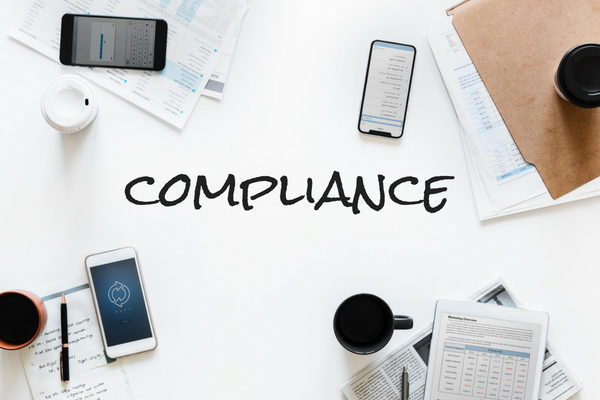Compliance Chatter

By Roni Pidock
•
December 4, 2024
Qualifying a patient for Durable Medical Equipment, Prosthetics, Orthotics, and Supplies (DMEPOS) involves following a structured process to ensure compliance with regulations and payer requirements, particularly those set by Medicare and other insurers. Here’s a step-by-step guide: 1. Verify the Patient's Coverage Medicare: Check if the patient has Medicare Part B, as it covers most DMEPOS items. Other Insurers: Verify benefits for DMEPOS under the patient's policy. Confirm the patient's deductible and co-payment responsibilities. Check for prior authorization requirements. 2. Ensure Medical Necessity DMEPOS must be medically necessary for the patient. Common criteria include: The equipment or supplies must be prescribed by a healthcare provider. They must address a medical condition, injury, or disability. The item must be used in the patient's home setting. Collect relevant diagnosis codes (ICD-10) and HCPCS codes for billing. 3. Obtain a Valid Order or Prescription Ensure the order or prescription includes: Patient’s full name and DOB. Specific name and description of the equipment/supplies. Detailed medical justification (e.g., why a wheelchair is needed versus a cane). Prescribing physician’s signature and NPI number. Date of the prescription. 4. Document Supporting Evidence Collect all necessary documentation to support the claim: Clinical Notes: Recent progress notes from the prescribing physician. Test Results: E.g., sleep studies for CPAP machines, imaging for braces. Face-to-Face Encounter Documentation: Required for certain DME (e.g., wheelchairs, hospital beds). Must occur within 6 months of the prescription. Detailed explanation of how the DMEPOS item improves functionality or health. 5. Follow Local Coverage Determinations (LCDs) LCDs specify coverage criteria for specific items, such as: When and how the item can be used. Documentation requirements. Frequency of replacement. By following these steps and staying updated on changing payer requirements, you ensure compliance and better patient outcomes.


